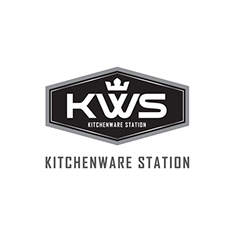Carbon Steel Blades

Stainless Steel Blades

Teflon-Coated Stainless Steel Blades

While carbon steel blades may be a more cost-effective option, the performance benefits of a stainless-steel blade and a Teflon-coated stainless steel blade make it well worth the investment. Whether you’re slicing meat at home or in a commercial setting, a high-quality stainless-steel base material blade will provide the precision, durability, and ease of maintenance that you need to achieve optimal performance from your electric meat slicer. In conclusion, when it comes to choosing between carbon steel, stainless-steel, and teflon coated stainless-steel blades for your electric meat slicer, the advantages of a stainless-steel base material blade make it the superior choice. Its resistance to corrosion, durability, and ease of maintenance makes it a reliable option for consistent, clean cuts in both home and commercial settings.

